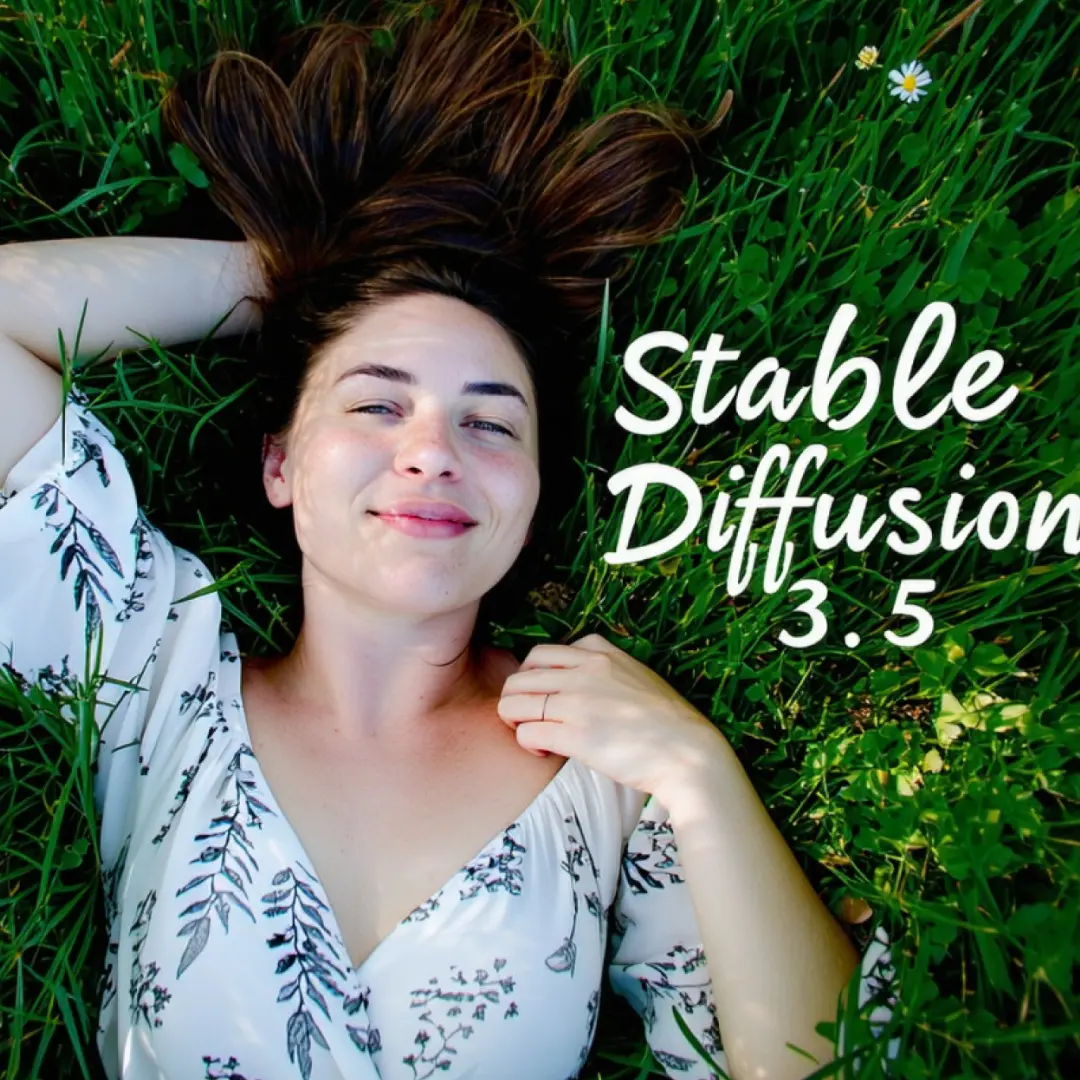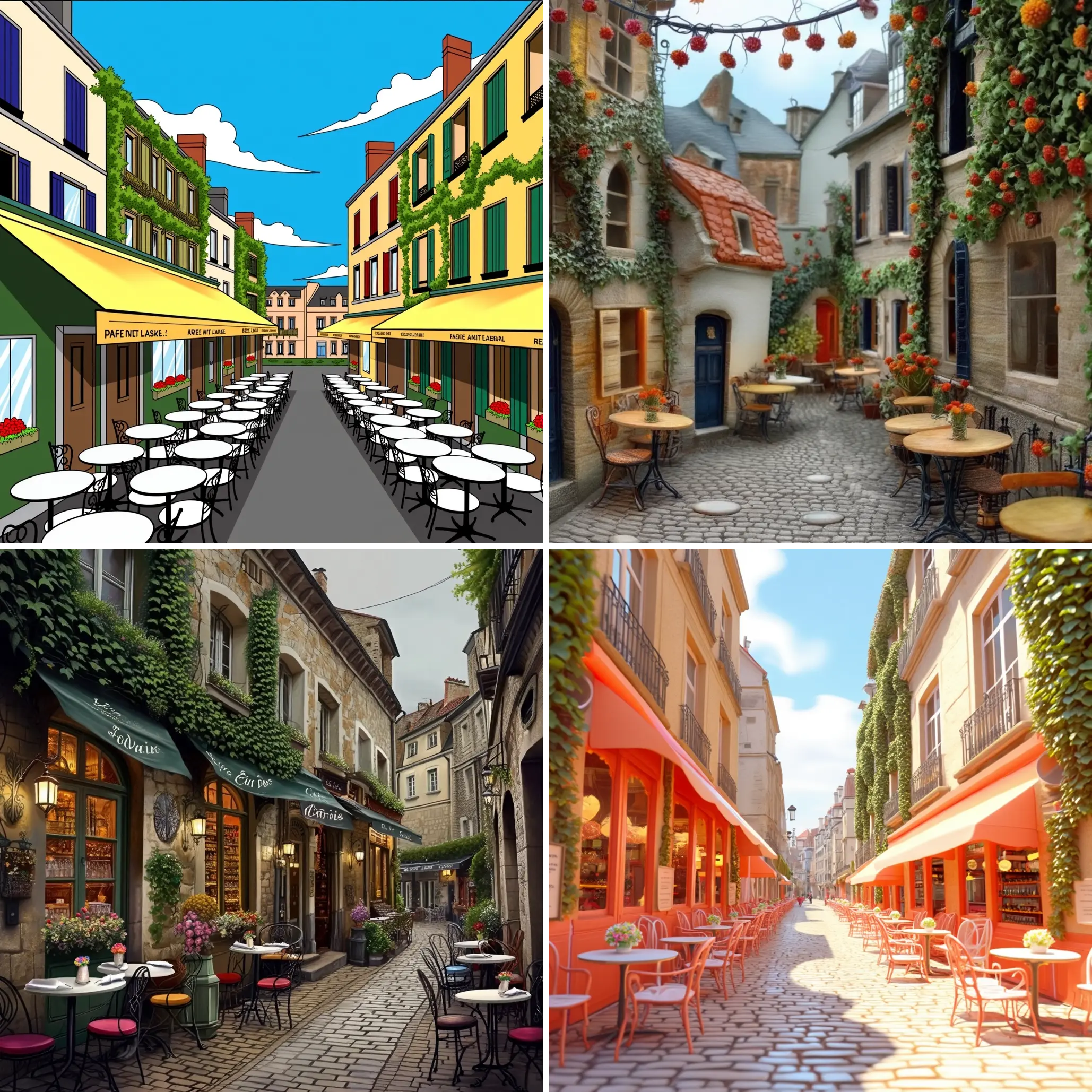ComfyUI Node: FindComplementaryColor
FindComplementaryColor
CategoryBmad/CV/Color A.
bmad4ever (Account age: 3682days) Extension
Bmad Nodes Latest Updated
2024-09-02 Github Stars
0.06K
How to Install Bmad Nodes
Install this extension via the ComfyUI Manager by searching for Bmad Nodes- 1. Click the Manager button in the main menu
- 2. Select Custom Nodes Manager button
- 3. Enter Bmad Nodes in the search bar
Visit ComfyUI Online for ready-to-use ComfyUI environment
- Free trial available
- 16GB VRAM to 80GB VRAM GPU machines
- 400+ preloaded models/nodes
- Freedom to upload custom models/nodes
- 200+ ready-to-run workflows
- 100% private workspace with up to 200GB storage
- Dedicated Support
FindComplementaryColor Description
Identifies and returns complementary color for images using specified color dictionary, enhancing visual appeal and balance.
FindComplementaryColor:
The FindComplementaryColor node is designed to identify and return the complementary color of a given image based on a specified color dictionary. This node is particularly useful for AI artists who want to enhance their images by applying complementary color schemes, which can make the artwork more visually appealing and balanced. By analyzing the colors in the image and using a defined color dictionary, the node calculates the complementary color, which can be used to create contrast and harmony in the artwork. The node also allows for optional masking to focus on specific areas of the image, providing flexibility and precision in color manipulation.
FindComplementaryColor Input Parameters:
image
The image parameter is the primary input for the node, representing the image in which the complementary color needs to be found. This parameter is required and should be provided in the form of an image tensor. The image serves as the basis for the color analysis and subsequent complementary color calculation.
color_dict
The color_dict parameter is a dictionary of colors that the node uses to determine the complementary color. This parameter is required and should be provided in the form of a dictionary where keys are color names and values are the corresponding color values. The color dictionary helps the node to map the colors in the image to their complementary counterparts.
power
The power parameter controls the intensity of the complementary color effect. This parameter is required and is a floating-point value with a default of 0.5. The minimum value is 0.01, and the maximum value is 10, with a step size of 0.01. Adjusting the power parameter allows you to fine-tune the strength of the complementary color effect, making it more or less pronounced as needed.
mask
The mask parameter is an optional input that allows you to specify a mask image. This mask can be used to focus the complementary color calculation on specific areas of the image. If provided, the mask should be an image tensor. The node will resize the main image to fit the mask if their dimensions do not match, ensuring that the complementary color effect is applied accurately to the masked regions.
FindComplementaryColor Output Parameters:
COLOR
The COLOR output parameter represents the complementary color found in the image. This output is a list containing the RGB values of the complementary color. It provides a direct way to access the calculated complementary color, which can be used for further processing or visualization in your artwork.
STRING
The STRING output parameter is a textual representation of the complementary color. This output provides the name or identifier of the complementary color as defined in the color dictionary. It offers a convenient way to reference the complementary color in a human-readable format.
FindComplementaryColor Usage Tips:
- To achieve the best results, ensure that the
color_dictparameter is well-defined with a comprehensive set of colors that accurately represent the color palette of your image. - Use the
powerparameter to adjust the intensity of the complementary color effect. A lower value will result in a subtler effect, while a higher value will make the complementary color more prominent. - If you want to apply the complementary color effect to specific areas of the image, provide a mask using the
maskparameter. This allows for targeted color adjustments and greater control over the final output.
FindComplementaryColor Common Errors and Solutions:
FindComplementaryColor node will resize image to fit mask.
- Explanation: This message indicates that the dimensions of the provided mask do not match the dimensions of the main image.
- Solution: Ensure that the mask image has the same dimensions as the main image to avoid automatic resizing. Alternatively, allow the node to resize the image if the exact dimensions are not critical for your application.
Invalid color dictionary format
- Explanation: This error occurs when the
color_dictparameter is not provided in the correct dictionary format. - Solution: Verify that the
color_dictis a dictionary where keys are color names and values are the corresponding color values. Ensure that the dictionary is correctly structured and contains valid color entries.
Power value out of range
- Explanation: This error occurs when the
powerparameter is set to a value outside the allowed range (0.01 to 10). - Solution: Adjust the
powerparameter to a value within the specified range. The default value is 0.5, and you can set it to any value between 0.01 and 10, with a step size of 0.01.
FindComplementaryColor Related Nodes
RunComfy is the premier ComfyUI platform, offering ComfyUI online environment and services, along with ComfyUI workflows featuring stunning visuals. RunComfy also provides AI Playground, enabling artists to harness the latest AI tools to create incredible art.



